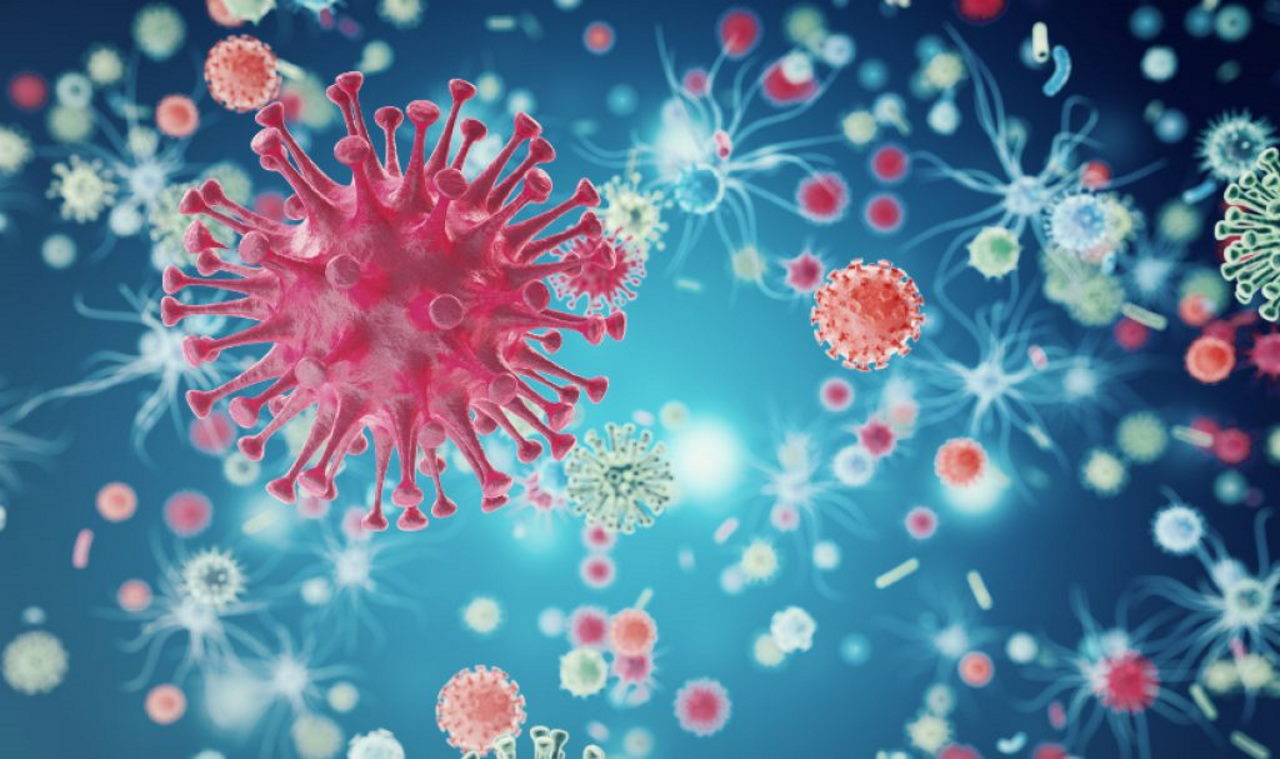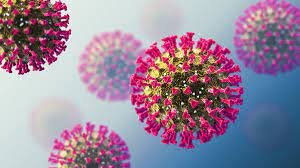This finding is the subject of a research paper published by a group of researchers at the University of Hawaii at Manoa in the journal Nature Climate Change.
The authors systematically searched for empirical examples of the influence of 10 GHG-sensitive climate hazards on known infectious human diseases. These risks include global warming, droughts, heat waves, wildfires, heavy rains, floods, storms, rising sea levels, biochemical changes in the oceans, and changes in land cover.



Compiling two authoritative lists of all “known infectious diseases” and “diseases caused by pathogens” that have affected human health throughout history, researchers combed through more than 70,000 scientific articles to find practical examples of each. Climate risks for each of these diseases are known.
This research has shown Sea level change in global temperatures, precipitation, floods, droughts, storms, land cover changes, ocean climatic changes, wildfires, heat waves, and infectious diseases caused by viruses, bacteria, animals, fungi, protozoa, plants and chromosomes. Although there have been cases of transmission by water, air, direct contact and food, transmission of infectious diseases is mainly through vectors. Finally, the study found that 58 percent, or 218 of 375 human diseases, were affected by at least one climate risk through 1,066 different pathways.

“Given the spread of the Corona epidemic, the discovery of the significant health vulnerability caused by the emission of greenhouse gases was really important,” said Camilo Mora, professor of geography in the Department of Social Sciences and senior author of this paper. . “There are many diseases and modes of transmission that have adapted to changing climatic conditions. This research demonstrates the urgent need to reduce greenhouse gas emissions worldwide.
The research team has developed an interactive webpage that shows how each weather risk is linked to a disease state. This tool allows users to search for specific hazards, transmission routes, and disease groups, and view available evidence.
These researchers found that climate hazards bring pathogens closer to humans. Several climatic hazards increase the range and duration of environmental conditions suitable for the spread of pathogens and disease vectors.. Changes in precipitation and global temperature with the spread of vectors such as mosquitoes, ticks, fleas, birds, and many mammals that transmit diseases caused by viruses, bacteria, animals, and protozoa, including dengue, chikungunya, plague and lemongrass. , and accompanies. It is indicated for Nile virus, Zika, trypanosomiasis, echinococcosis and malaria.
Climate hazards create or increase new contacts with pathogens by disrupting migration and the forced movement of people. For example, hurricanes, floods and rising sea levels have moved people, causing leptospirosis, cryptosporidiosis, Lassa fever, giardiasis, gastroenteritis, Legionnaires’ disease, cholera, salmonella, shigellosis, pneumonia, typhoid, Hepatitis, liver disease. engaged / engaged.
Climatic hazards increase certain aspects of pathogens, including climatic conditions for reproduction, acceleration of life cycles, increased seasons/duration of exposure to these agents, increased pathogen-vector interactions, and increased pathogenicity. For example, global warming has had a positive effect on mosquito population growth, survival, biting rates, and virus reproduction, and increased the spread of West Nile virus.
Climate risks affect the human ability to deal with pathogens by altering physical conditions, such as increasing stress due to exposure to dangerous diseases, placing people in unsafe conditions, damaging infrastructure, exposing people to disease-causing agents or limiting access to medical care. For example, dehydration has led to poor sanitation, resulting in cases of trachoma, chlamydia, cholera, conjunctivitis, cryptosporidium, diarrhoea, dysentery, E. coli, giardiasis, salmonella, scabies, and typhoid fever.
The researchers found that while most diseases were exacerbated by climate risks, some (63 of 286 diseases) decreased. For example, global warming appears to have reduced the spread of viral diseases, which may be related to less favorable conditions for viruses or stronger immune systems in warmer climates. However, most diseases that are reduced by at least one risk are exacerbated by other diseases and sometimes with the same risks.
For example, it seems A warming climate has reduced the spread of viral diseases, which may be related to unfavorable conditions for the virus or a stronger immune system in warmer conditions. However, most diseases that are mitigated by at least one danger are sometimes exacerbated by another and sometimes with the same danger.
46










